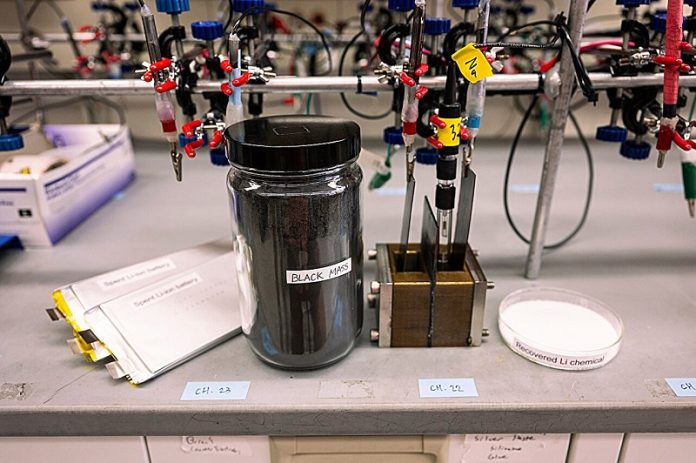
With millions of electric vehicles already on the road, one big question looms: what happens to all their used batteries?
Even when a battery reaches the end of its useful life, it still contains valuable materials—especially lithium—that could be recycled into new batteries. But until now, finding a cost-effective way to recycle lithium has been a major challenge.
A team of chemists at the University of Wisconsin–Madison believe they may have found a solution.
Led by chemistry professor Kyoung-Shin Choi, the researchers have developed a new electrochemical process that could make lithium recovery from old batteries far more affordable and environmentally friendly.
They’ve already filed patents and started conversations with major carmakers who are interested in the idea.
The team focused on a type of battery known as lithium-iron-phosphate, or LFP. These batteries are widely used by manufacturers like Tesla and China’s BYD.
While LFP batteries are safer and cheaper to make than some other types, they don’t contain expensive metals like nickel or cobalt. That has made them less appealing for recycling—until now.
“Right now, there’s no economically compelling method to recover lithium from used LFP batteries,” Choi explains.
Mining lithium from natural sources like rock and brine is often cheaper, but it comes with huge environmental costs and limited supply. To build a sustainable battery industry, she says, we need new ways to recycle lithium.
That urgency is growing. The European Union has passed new rules requiring that, starting in 2031, new EVs sold in Europe must include a minimum amount of recycled lithium. Automakers are already under pressure to find practical recycling methods.
Traditional recycling approaches rely on burning materials at extremely high temperatures or running complicated chemical treatments. Both use enormous amounts of energy, create waste, and aren’t cost-effective for LFP batteries.
Choi’s team took a different approach. Their process involves two simple electrochemical steps. First, lithium ions are drawn out of the old batteries and stored in a special electrode. Then, the lithium is released into a new solution where it can be collected as a high-purity chemical ready to use in fresh batteries.
The method avoids harsh chemicals, doesn’t need special conditions, and produces little waste.
The researchers have shown that their technique works both on individual used batteries and on “black mass,” the industrial material created when old batteries are broken down. They recently published their results in the journal ACS Energy Letters and are now working on a prototype system.
Choi has also launched a startup to commercialize the technology. The next step is scaling up in the most cost-effective way, while connecting the process with other recycling steps already used in the industry.
If successful, this innovation could help close the loop for EV batteries, creating a true circular economy where yesterday’s battery powers tomorrow’s car.



